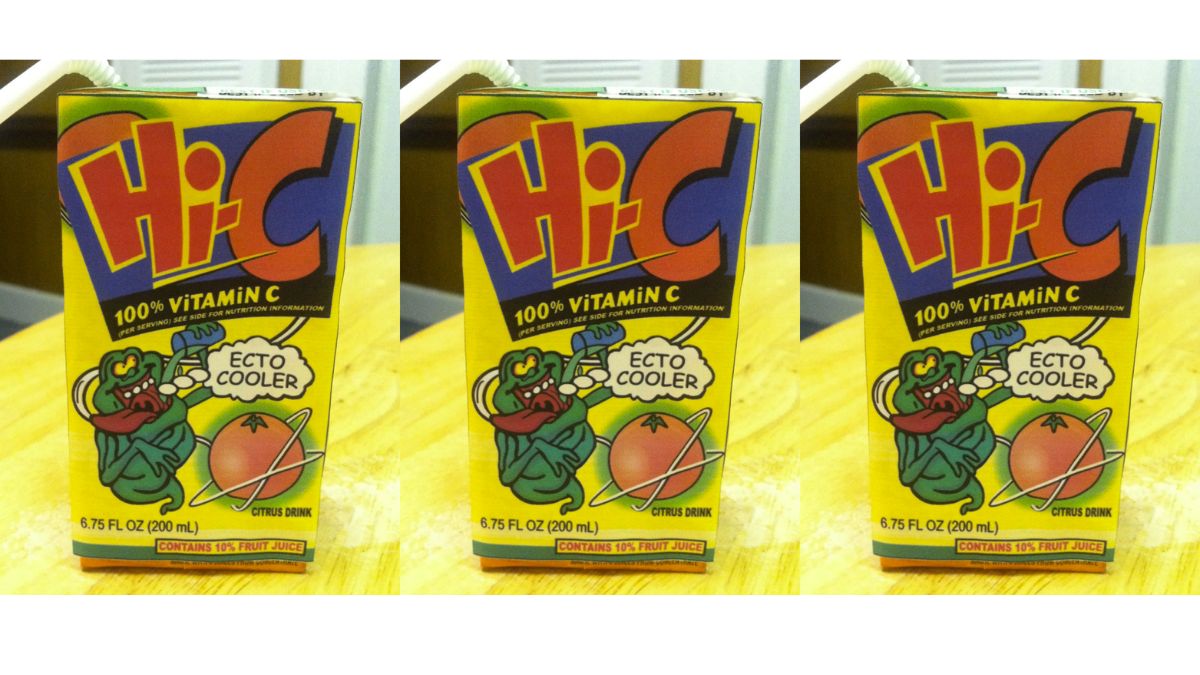We work with investors and companies looking for investment, seeing both sides of the coin. Part of our job is to stop entrepreneurs from going after investment too early, in the process burning bridges they may well need at a later time.
Here are 7 issues we see time after time and what to do about them:
Lack of a Unique Value Proposition: Investors want to see a product or service that stands out in the crowded CPG market. If your offering is too similar to existing options, you need to differentiate it by highlighting its unique features, benefits, or target audience. The world doesn’t need another gluten-free cookie.
Weak Financial Projections: Investors look for startups with a solid financial plan and realistic projections – including pre-revenue startups. Ensure that your financial forecasts are well-researched, backed by data, and demonstrate a path to profitability. If you don’t have a financial expert on your team, hire one today.
Inexperienced Management Team: The experience and expertise of the management team is hugely important. If your team lacks relevant industry experience or a track record of success, consider bringing on advisors or mentors to strengthen your credibility.
Unclear Go-to-Market Strategy: Everybody wants to see a clear and well-defined plan for how you will bring your product to market, including distribution channels, marketing strategies, and sales tactics. Be vague or unrealistic to raise instant red flags..
Inadequate Intellectual Property Protection: I cannot possibly stress enough how important this is. If your product or service is easily replicable, if your brand is your only moat, investment will be harder to come by. Ideally, you’ll have patents, trademarks, or other intellectual property protections in place to demonstrate your competitive advantage.
Poor Branding and Packaging: Repeat after me: Canva doesn’t cut it. Your neighbour’s kid with a design degree doesn’t cut it. Branding and packaging that’s optimized for the industry are essential for attracting consumers and standing out on store shelves. If your branding and packaging are lacklustre or fail to resonate with your target audience, it will deter investors.
Insufficient Passion and Commitment: Investors need to see that you and your team are passionate about your product and committed to the long-term success of the business. “Great product, not sure about the team” is feedback we hear far too often from potential investment partners. If you don’t believe in yourself, nobody will.
